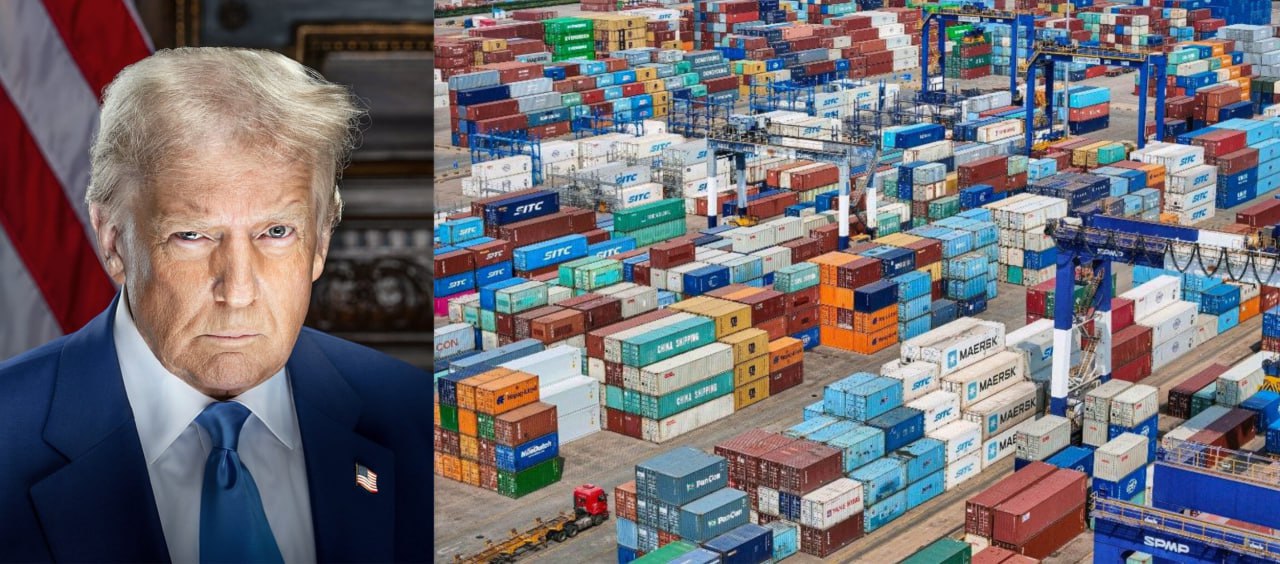
Trump Reinstates Tariffs: A Strategic Play or Economic Gamble?
Former President Donald Trump has re-emerged on the economic scene with a bold move: the reintroduction of tariffs on a range of countries, citing national interest and anti-American sentiment from foreign governments. This policy shift reignites fears of a new wave of trade tensions as the U.S. prepares for the 2025 election season.
Tariff Breakdown by Country
The announced tariffs include:
- 25% on imports from Japan
- 25% on South Korea
- 25% on Kazakhstan
- 25% on Malaysia
- 30% on South Africa
- 40% on both Laos and Myanmar (Burma)
These tariffs are scheduled to take effect on August 1st unless agreements are reached beforehand.
BRICS-Aligned Countries Face Extra Pressure
In a more controversial move, Trump announced an additional 10% tariff on countries aligned with the BRICS coalition (Brazil, Russia, India, China, South Africa), citing their “anti-American stance.” The White House emphasized that the U.S. will no longer tolerate economic alliances that undermine Western economic principles.
Furthermore, a group of 12 countries has reportedly received “trade letters” warning of potential penalties if they fail to engage in renegotiations.
Market Reaction and S&P 500
The S&P 500 showed a slight correction today following record-breaking highs in the previous session. Analysts note that the market appears to have already priced in the impact of these tariffs, viewing them more as a negotiation tactic than a long-term shift in trade policy.
“Investors see this as a typical Trump maneuver — apply pressure, force talks, then strike a deal,” commented a senior analyst at Goldman Sachs.
Is This Strategy or Sabotage?
Critics warn that escalating trade tensions could destabilize fragile global supply chains and reignite inflationary pressures. However, Trump’s base views the move as a demonstration of strength and prioritization of American manufacturing and jobs.
“Tariffs are leverage,” Trump stated during the announcement. “We are done being taken advantage of.”
What Comes Next?
- Tariffs go live on August 1 unless diplomatic solutions are found.
- Markets will closely watch BRICS responses and any retaliation announcements.
- Global investors will assess whether these moves are short-term campaign tools or long-term policy shifts.
As election rhetoric ramps up, tariffs may once again become a cornerstone of American foreign and economic policy — with worldwide consequences.